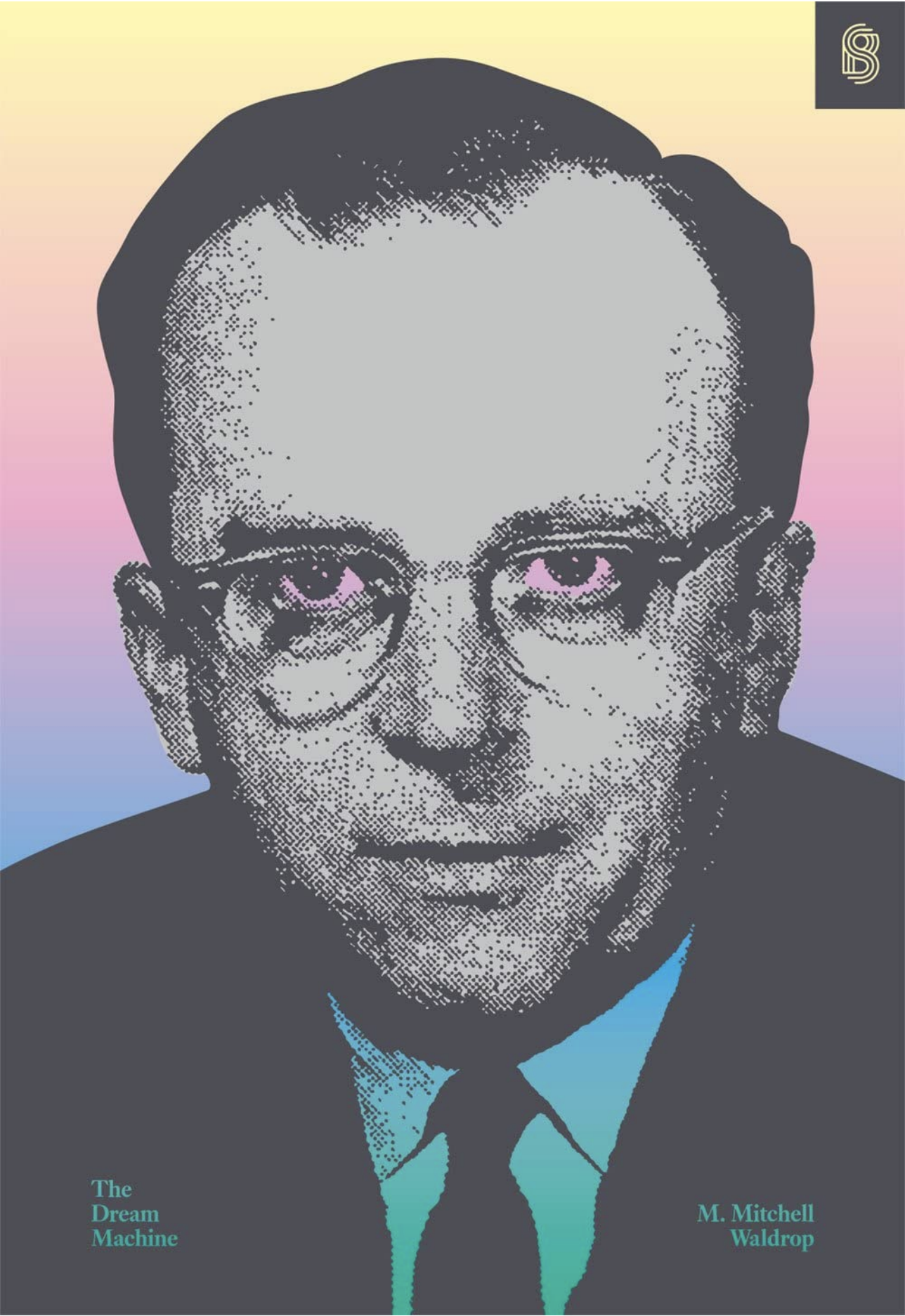The Dream Machine Book

The Dream Machine: How One Man’s Vision Sparked the Digital Revolution Link to heading
In an era when computers were room-sized behemoths accessible only to institutions, one quiet visionary imagined something radically different: machines that would serve as partners to human intellect rather than mere number-crunchers. M. Mitchell Waldrop’s “The Dream Machine” tells the extraordinary story of J.C.R. Licklider and how his revolutionary ideas laid the groundwork for personal computers and the internet as we know them today.
The Unlikely Revolutionary Link to heading
Behind every great revolution is a vision, and behind perhaps the greatest revolution of our time is the vision of J.C.R. Licklider. In 1962, while working in Robert McNamara’s Pentagon, this unassuming psychologist-turned-computer-visionary was already planning a transformation that wouldn’t fully materialize for decades. At a time when “computer still had an ominous tone, conjuring up the image of a huge, intimidating device hidden away in an overlit, air-conditioned basement,” Licklider saw something entirely different.
More Than Biography: The Story of an Idea Link to heading
What makes “The Dream Machine” particularly compelling is its approach to historical narrative. The Dream Machine is a meticulously-researched investigation that captures both the institutional dynamics and personal aspirations that led to personal computers and the internet. Rather than simply chronicling one person’s life, Waldrop weaves together the complex tapestry of ideas, personalities, and institutions that converged to create our digital age.
The book delves deep into multiple disciplines that influenced early computing development, from acoustics and cybernetics to information theory. This interdisciplinary approach reflects the reality of how breakthrough innovations actually emerge—not from isolated genius, but from the collision of diverse fields of knowledge.
The Vision That Changed Everything Link to heading
Licklider’s revolutionary concept was deceptively simple: instead of computers serving as calculators for institutions, they could become interactive partners that amplified human intelligence. This shift in perspective—from computers as tools of “them” to computers as extensions of “us”—fundamentally transformed how we think about technology’s role in society.
From early computer experiments to the birth of the internet, this book chronicles the visionaries and their quest to build a “universe in a box.” The metaphor is apt: these pioneers weren’t just building machines, they were creating new worlds of possibility.
Why This Story Matters Today Link to heading
In our current age of artificial intelligence and ubiquitous computing, understanding the philosophical foundations of our digital world becomes increasingly important. Licklider’s vision of human-computer symbiosis feels remarkably prescient as we grapple with questions about AI’s role in society and the future of human-machine collaboration.
The book also serves as a masterclass in how transformative technologies actually develop. The path from Licklider’s vision to the internet wasn’t linear or predictable—it involved countless setbacks, institutional politics, personal rivalries, and breakthrough moments that could have easily gone differently.
A Masterpiece of Science History Link to heading
In a simultaneously compelling personal narrative and comprehensive historical exposition, The Dream Machine by M. Mitchell Waldrop tells the story of the birth of the computing revolution through the life of a man who shifted our understanding of what computers were and could be.
Waldrop’s achievement lies in making complex technical and institutional history accessible without sacrificing depth or nuance. He captures both the grand sweep of technological revolution and the intimate human drama of the people who made it happen.
Final Thoughts Link to heading
“The Dream Machine” is essential reading for anyone seeking to understand how we arrived at our current digital moment. It reminds us that behind every transformative technology lies a collection of dreamers, thinkers, and builders who dared to imagine a different future.
More importantly, it shows us that the most powerful revolutions often begin not with technology itself, but with a fundamental shift in how we think about what’s possible. Licklider’s true innovation wasn’t technical—it was conceptual. He changed the story we tell ourselves about computers, and in doing so, changed the world.
In an age when technology often feels overwhelming or threatening, “The Dream Machine” offers a different perspective: a reminder that our digital tools were born from deeply human aspirations to enhance rather than replace human capabilities. That vision remains as relevant today as it was in 1962.